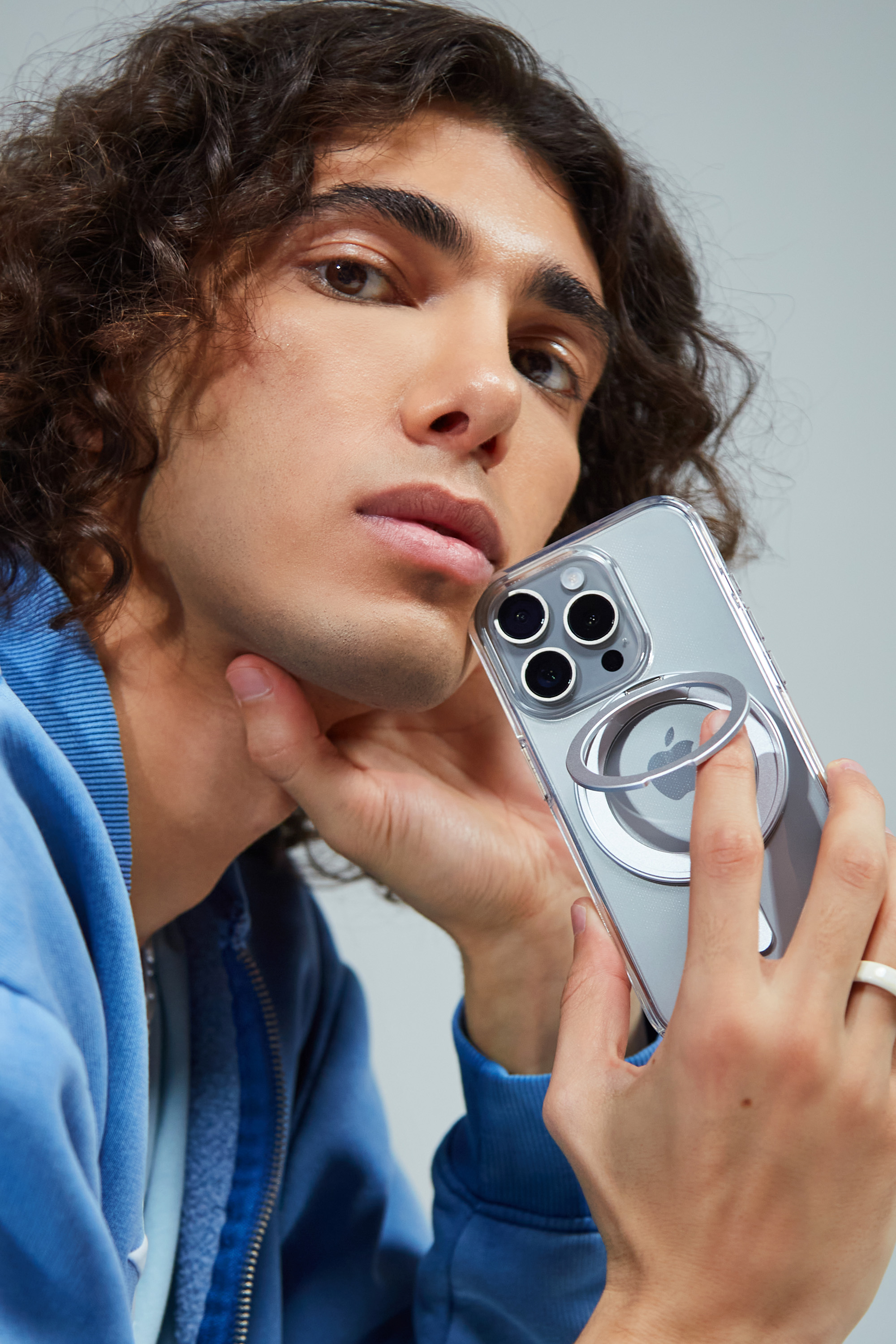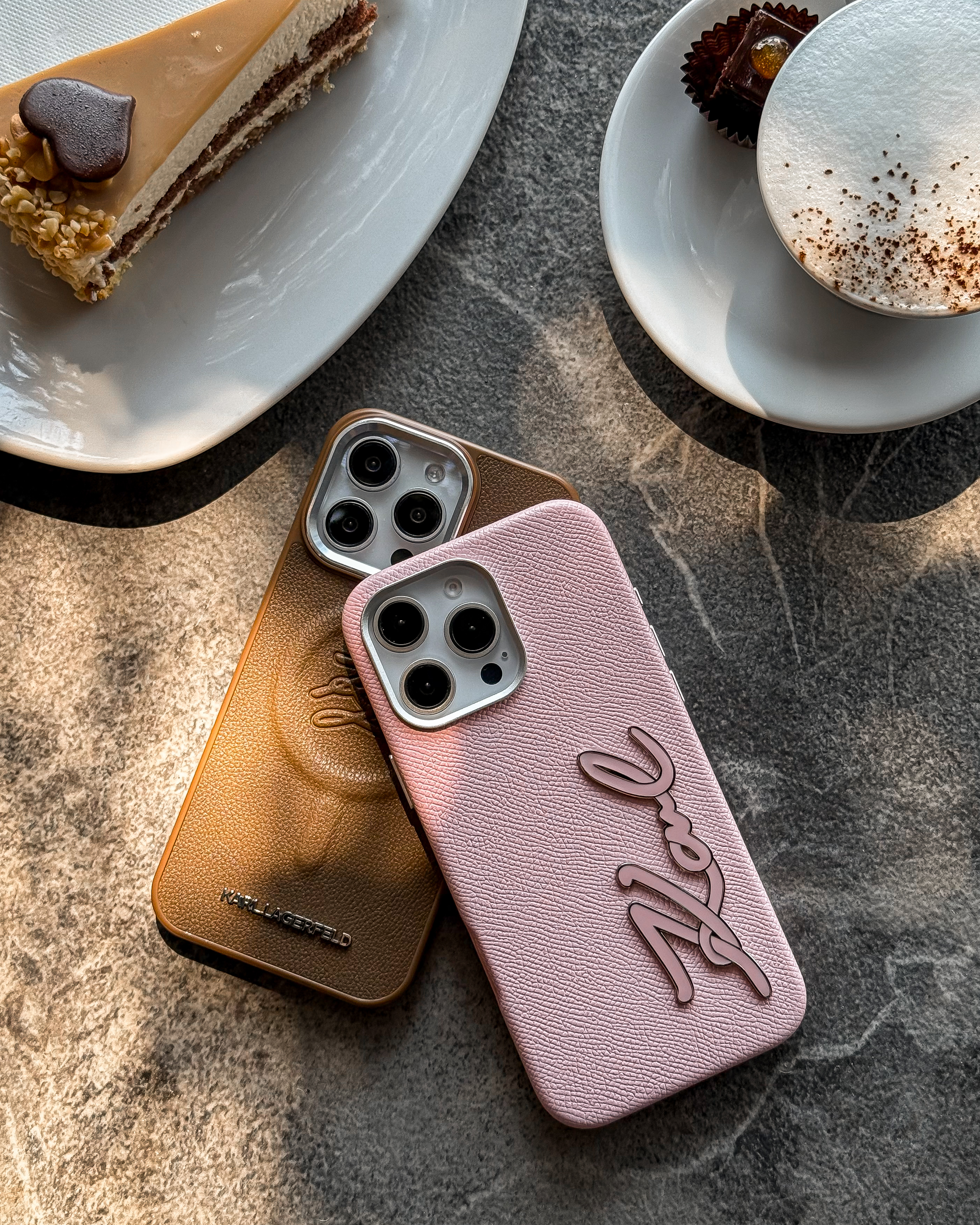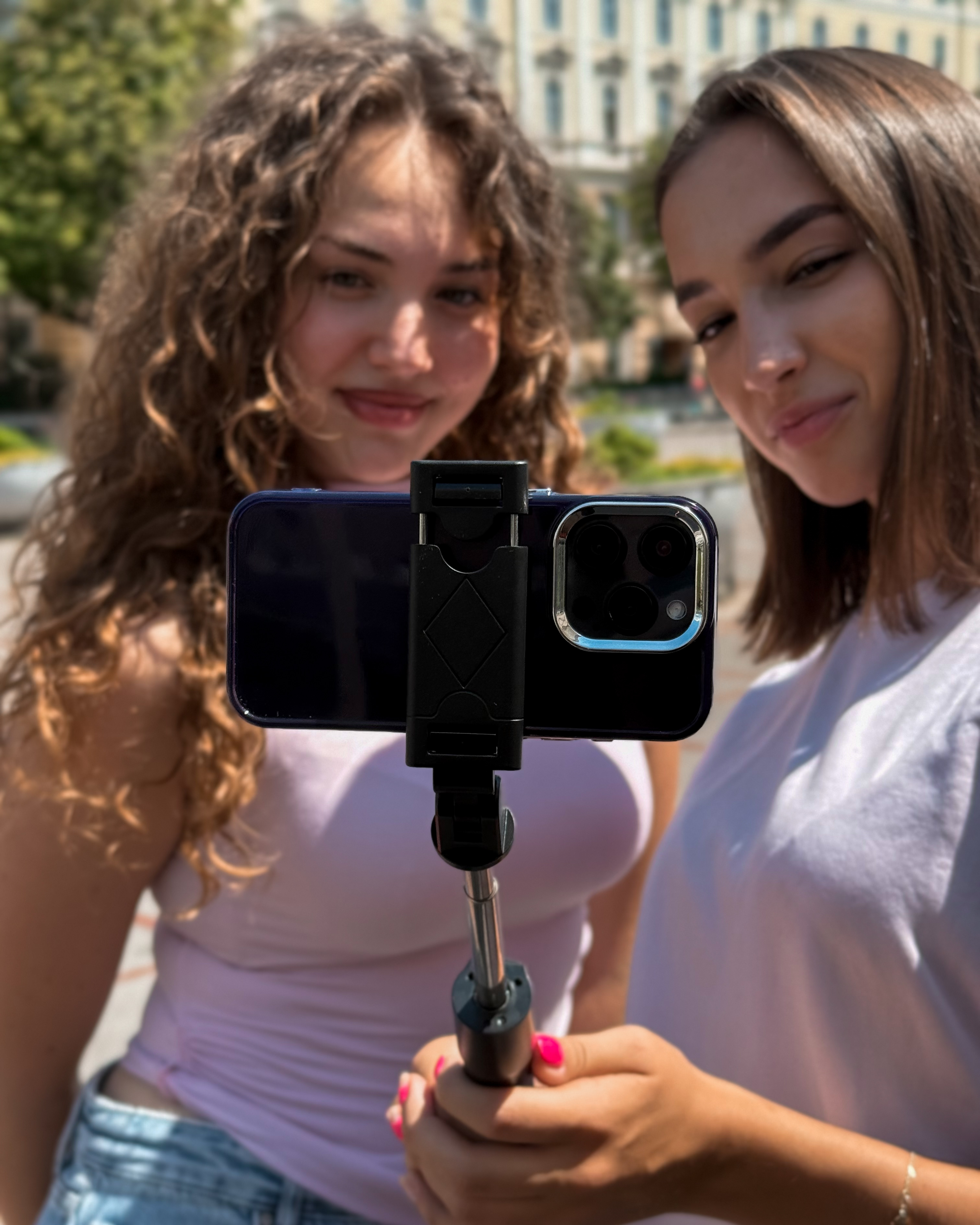USB Cables
Frequently Asked Questions
Charging and data transfer cables are essential everyday accessories.
Learn about the different types, how to ensure faster charging, safer data transfer, and a longer device lifespan.
WHAT ARE THE DIFFERENT TYPES OF USB CABLES AVAILABLE?
USB cables come in various types, each designed for specific devices and purposes. The most common types are USB-A, USB-B, USB-C, Micro-USB, and Mini-USB. USB-A is the standard rectangular connector found on most computers and chargers. USB-B is typically used for printers and other peripheral devices. USB-C is the latest standard, known for its reversible design and fast data transfer capabilities. Micro-USB is often used in older smartphones and devices, while Mini-USB is now mostly outdated but can still be found in some older gadgets.
For example, on our website you can find the Hoco X88 USB–USB-C cable and the Hoco X88 USB-C–Lightning cable, both excellent examples of versatile products that provide seamless compatibility between different USB types. These products are ideal for those who need to adapt existing cables for use with various devices.
HOW TO CHOOSE THE RIGHT USB CABLE FOR YOUR PHONE?
To choose the right USB cable for your phone, first determine the type of connector your device uses — most modern smartphones use USB-C, while older models may use Micro-USB or iPhone Lightning. Check whether the cable supports the required power output for charging and is compatible with your device’s data transfer needs. Choosing a high-quality cable designed for your specific device will ensure reliable charging and data transfer.
WHAT ARE THE ADVANTAGES OF USING FAST-CHARGING CABLES?
Using fast-charging USB cables significantly reduces the time needed to charge your device. These cables deliver higher power output, allowing faster charging for your phone or tablet. Additionally, they can help maintain battery health by providing consistent and efficient power, reducing the time your device spends connected to the charger.
HOW CAN I TELL IF MY USB CABLE IS COMPATIBLE WITH MY DEVICE?
To determine whether your USB cable is compatible with your device, check the type of connector on both ends of the cable. The connector on your device should match the type of the cable, whether it’s USB-C, Micro-USB, or another type. Additionally, make sure the cable supports the required power output and data transfer speeds needed by your device.
WHAT IS THE DIFFERENCE BETWEEN USB-C AND MICRO-USB CABLES?
The primary difference between USB-C and Micro-USB cables lies in their design and functionality. USB-C cables feature a reversible connector, making them easier to plug in. They also support faster data transfer speeds and higher power output, resulting in quicker charging. On the other hand, Micro-USB cables are smaller, non-reversible, and generally offer slower data transfer and charging speeds compared to USB-C.
ARE THERE CABLES THAT SUPPORT BOTH DATA TRANSFER AND CHARGING?
Yes, many USB cables are designed to support both data transfer and charging. These cables allow you to charge your device while simultaneously transferring data, such as files, photos, and videos, between your device and another device like a computer. To ensure you’re getting a cable that supports both functions, look for one that explicitly states it offers data transfer and charging capabilities.
WHAT ARE THE BEST USB CABLES FOR TRAVEL?
The best USB cables for travel are compact, durable, and versatile. Look for cables that offer multi-connector options, such as 2-in-1 or 3-in-1 designs, which can charge different devices without needing multiple cables. Additionally, braided or reinforced cables are generally more durable, making them resistant to wear and tear during travel. Choosing a shorter length also helps with portability.
CAN USING THIRD-PARTY USB CABLES DAMAGE MY PHONE?
Using third-party USB cables can potentially damage your phone if the cable is of poor quality or not designed for your device’s specific power requirements. Inferior cables may deliver inconsistent power, leading to overheating, slow charging, or even battery damage. To avoid these issues, choose high-quality cables from our wide selection that meet safety standards and are compatible with your device.
WHAT ARE THE KEY DIFFERENCES BETWEEN USB 2.0 AND USB 3.0 CABLES?
The key differences between USB 2.0 and USB 3.0 cables are speed and performance. USB 3.0 cables offer significantly higher data transfer speeds — up to 5 Gbps compared to 480 Mbps with USB 2.0. USB 3.0 cables also feature improved power management, enabling faster charging and better energy efficiency. Additionally, USB 3.0 connectors often have more pins, allowing for enhanced performance compared to USB 2.0.









